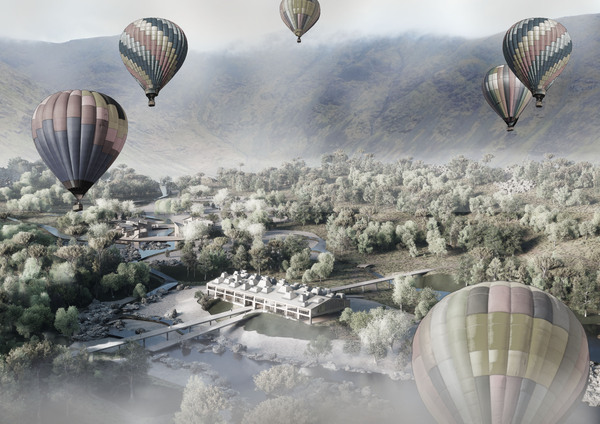The Cumbrian Wild Belt
The County of Cumbria needs immediate reform. From my research I discovered that the Lake District National Park is a Biodiversity void and is not a natural paradise as it is portrayed to be. The only reason I could imagine is that the landscape has become a human’s version of natural and isn’t naturally natural. With new Administration being put into place, can be use this as an opportunity to prioritize natural process and biodiversity in the decision-making process?
In the project, I look at coming up with a reformed masterplan of Cumbria based of principles from the Garden city and Le Corbusier. This ‘Zoned Cumbria’ creates spaces for advancements in Urban settlements, Agricultural lands, Tourism Zones and Finally the Biodiversity Sector that connects all of Cumbria. This zone creates a unique opportunity to utilise the connection between the tourism and biodiversity sector. With rewilding and reintroduction of species becoming the need of the hour, can we use long lost species like lynx, wolves and beavers to help bring back balance to the natural world while still creating a pull from tourism? This could potential be the answer for creating a financial source that is sustainable towards biodiversity.
Through Studio 2, I came up with the idea of the ‘Cumbrian Wild belt’ a route across the fringes of the tourism zone that housed wild centres and overnight accommodations allowing guests to spot the long-lost species of Britain as they traverse across the landscape. Studio 3 was me developing and designing one these Camps, ‘Wast Water Wild Centre’, that includes a visitor centre, research centre, overnight stays and a community centre.


